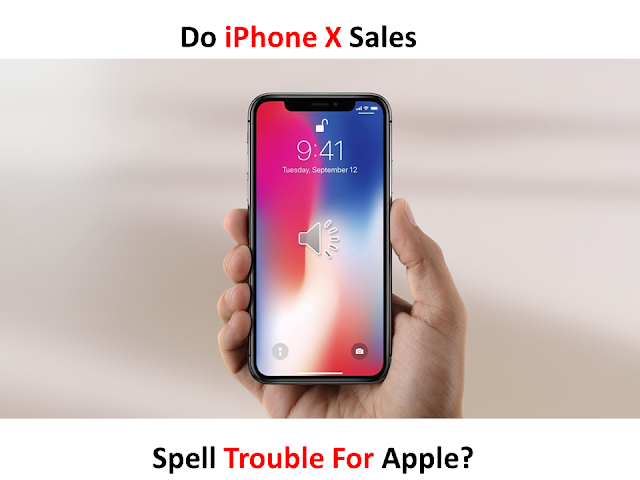A Beginner’s Guide To Get Started in Cryptocurrency
That’s me a week ago – my face pressed up against the glass, wishing I could get into cryptocurrency. I’ve followed the news enough to know there’s something big going on right now, and I wanted to get in it before it was too late. The problem was, I didn’t think I was smart enough to get started in cryptocurrency. Not tech-savvy enough. I just left it to the computer-elite while I continued to use my increasingly obsolete government-issued currency.
Then — suddenly — I no longer had a choice! In a sink-or-swim moment, I got a client that only paid in crypto (guess which one) and had to learn the basics fast or miss the opportunity. I’m glad I finally buckled down and learned how to break into this world, and I wanted to show others like me that it’s not as much of an exclusive club as you might think.
Below is what I learned as an outsider entering this world for the first time. This information helped me get started in cryptocurrency, and I hope it can help you too.
How Does Cryptocurrency Work?
There’s the short answer and the long answer — and to be honest, the short answer is kind of long, and the long answer is punishingly long. The good news is you don’t need to know how cryptocurrency works to use it, so feel free to skip this section.
Here’s the short answer. Up until recently, the problem with creating a digital and decentralized (i.e., not regulated by a government) currency is that there was no way to verify transactions. A trader could simply use the same currency multiple times (double spending).
Bitcoin was the first to come up with a solution — a peer-to-peer (P2P) network that records and logs each transaction in what’s called a blockchain. Each cryptocurrency’s blockchain is secured through encrypting data, known as cryptography, hence the name.
If you want to know the details of how blockchains secure data and who these miners you keep hearing about are, read our more in-depth article, Blockchain 101.
What is a Cryptocurrency Wallet?
When you receive paper money (fiat currency) you put it in your wallet. When you want to spend it, you take it out. That’s more or less the same principle of cryptocurrency wallets, except they hold your digital assets — cryptocurrencies and tokens, but you can learn about that last one later.
The obvious difference is that cryptocurrencies aren’t absolute like paper money — they’re not even tangible. They exist only in the form of transactions, and their value constantly changes, for better or worse.
What you’re actually storing in a cryptocurrency wallet are known as keys, and there are two types:
- Public Keys — This is what the P2P network uses to log into the blockchains.
- Private Keys — This, combined with the public key, is used to verify your signature.
The first rule when you get started in cryptocurrency is to NEVER REVEAL YOUR PRIVATE KEY. Anyone else who knows that can steal your funds, so treat it more dearly than a bank PIN code.
These keys take the form of hexadecimal codes, something that looks like this…
2940447a4ed5eef7f46bcc185cb2f21d2a8bffcde5418156a9d1a44aa137558
That’s the basics of how cryptocurrency works and what you need to begin. Next, you have to decide what type of cryptocurrency wallet you need.
Types of Cryptocurrency Wallets: What’s the Difference?
There are five types of cryptocurrency wallets divided into two groups. Hot wallets are connected to the internet, cold wallets are not.
- Hot Wallets — Desktop, Mobile, and Online
- Cold Wallets — Hardware, Paper
Hot wallets are best for frequent transactions, whereas cold wallets are more like savings accounts that are best left alone to mature. Don’t be afraid to use both kinds — one for long-term storage and one for more day-to-day usage — just like you’d have both a checking and a savings account.
Desktop. A desktop app offers a high level of security — unless your computer gets a virus or is hacked. You can even add further security by dedicating an old PC exclusively to cryptocurrency storage, minimizing the amount you go online.
Mobile. These are just like desktop apps, except for your mobile device. As such, their interfaces are usually simpler and include less storage space. The good news is that you can use them on-the-go and in retail stores, the bad news is that they’re vulnerable when exposed to public wifi or device theft.
Online. The most convenient but least secure, web-based apps store your keys in the cloud. If you’re experienced in avoiding phishers and malware, you should be alright.
Hardware. Moving on to cold wallets, hardware wallets store your keys on offline devices such as USBs or devices specialized in cryptocurrency, like the Ledger Nano S or Trezor. You only need to connect your device when you make transactions, so most of the time it’s completely safe.
Paper. Don’t let the name fool you — these are literally just paper print-outs of your key codes. Kind of anachronic in the bleeding-edge world of cryptocurrency, it’s still one of the most secure ways to protect against hackers. However, you will also need some kind of software if you want to make transactions… but if your goal is to let cryptocurrency sit for the long-term, it’s completely viable.
Our Recommended Cryptocurrency Wallets
Edge (Mobile)
Recently rebranded from Airbitz, Edge is a mobile wallet touting ease-of-use and heightened security — a good place for beginners to get started in cryptocurrency storage. Edge aims to simplify a multiple-platform experience into a single, all-purpose app. That includes exchanging one currency for another within the app, plus an in-app purchasing feature is on the horizon.
Ledger Nano S (Hardware)
If you prefer something you can actually touch, hardware like the Ledger Nano S might be the choice for you. This USB device supports Bitcoin, Ethereum, and Altcoins, and features a secure OLED display to confirm transactions. It also includes a PIN code verification and other “extra” security features like FIDO authentication. For transactions, you’ll need to use a separate app or browser extension.
Exodus (Desktop)
This relatively new desktop wallet is what I ended up going with, thanks to its positive reviews and ease-of-use for beginners. Exodus is a multi-asset wallet that lets you send, receive, and exchange currencies from the safety of your PC, not to mention review your portfolio in full screen.
The interface couldn’t be better, which is a sigh of relief to someone coming in with no experience that likes to learn by exploring. It also manages your private keys behind-the-scenes, so that’s one less thing to worry about as you get started in cryptocurrency.
MyEtherWallet (Web-based)
MyEtherWallet is a web application that allows you to store your keys on your own, whether in a piece of software, a paper wallet, or a hardware device. Using a password, MyEtherWallet provides your keys and allows you to check your account and make transactions online. Setting one up might seem intimidating at first, so read our guide on how to create a MyEtherWallet here.
Whether you use MyEtherWallet or not, if you’re a newcomer to cryptocurrency, it’s worth visiting the site just for its introductory slides. These provide valuable and digestible information about how cryptocurrency works and how to keep your assets safe in a series of slides.
Source: cryptodisrupt
Source: cryptodisrupt



Comments
Post a Comment